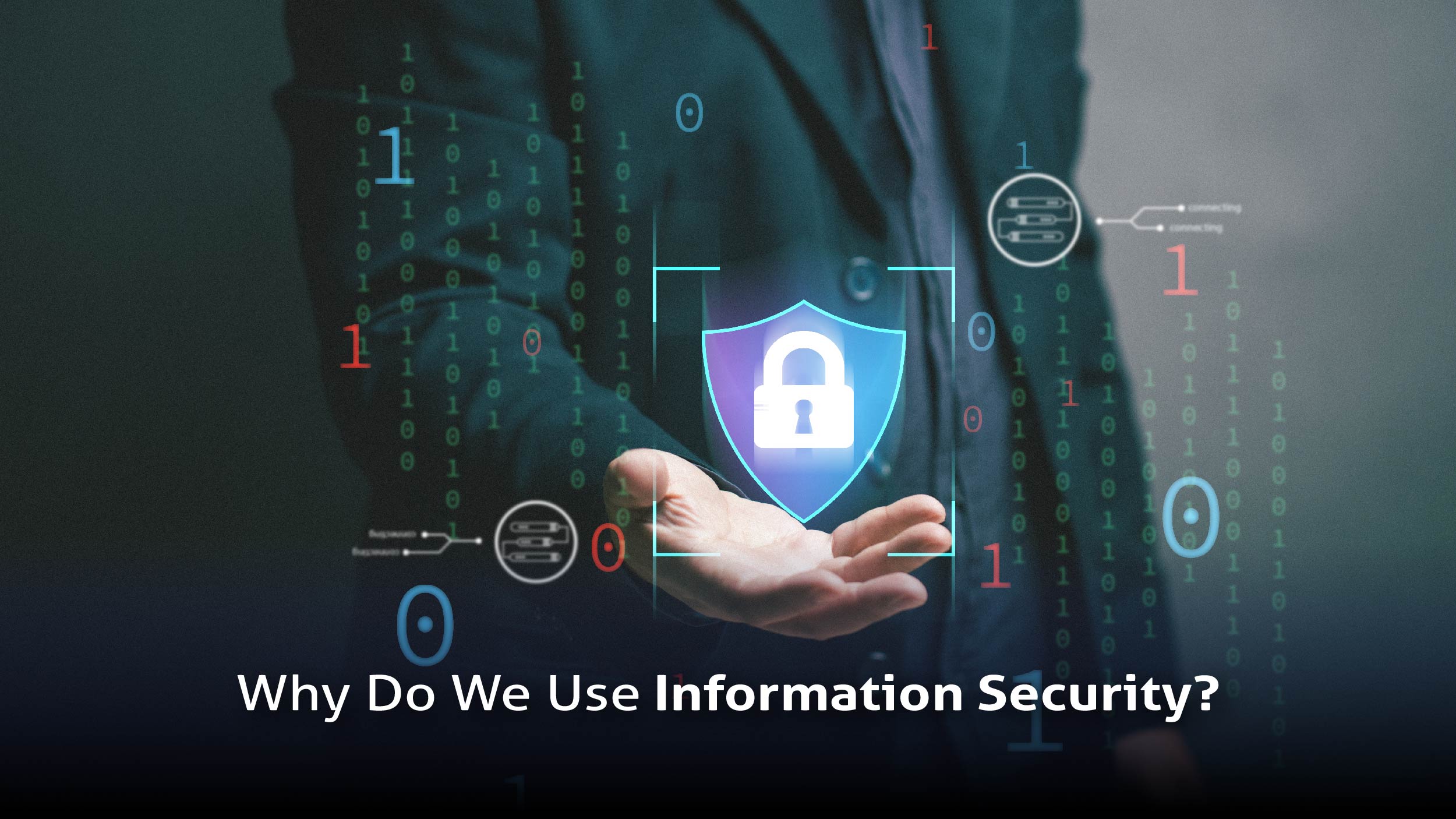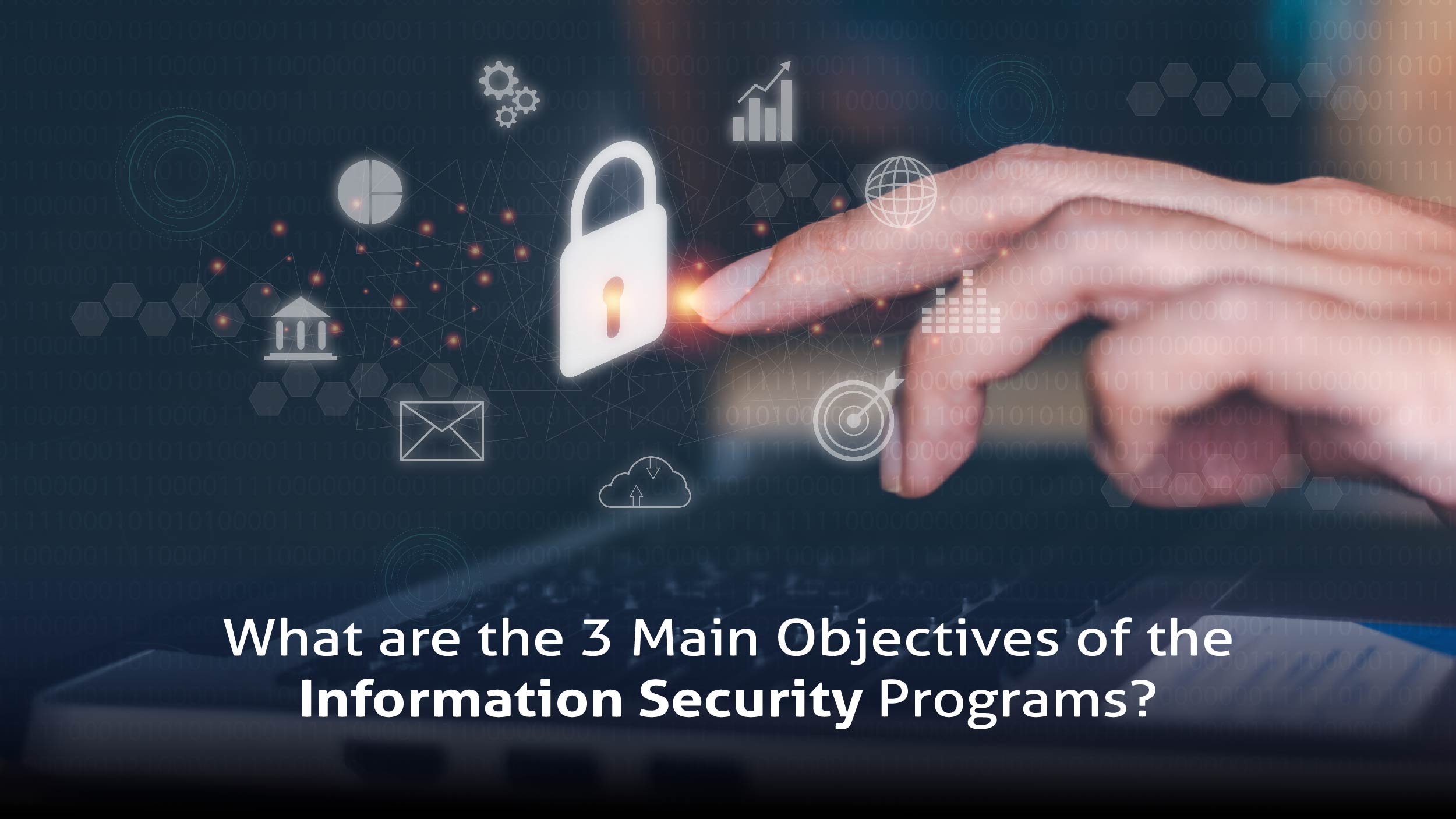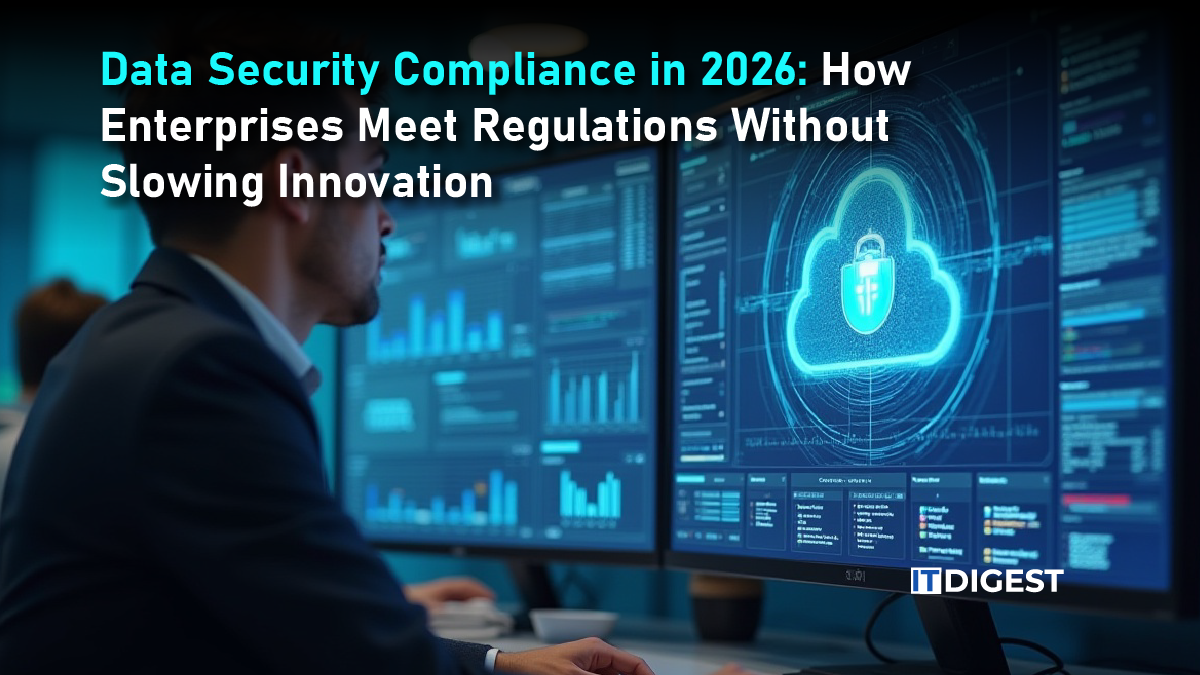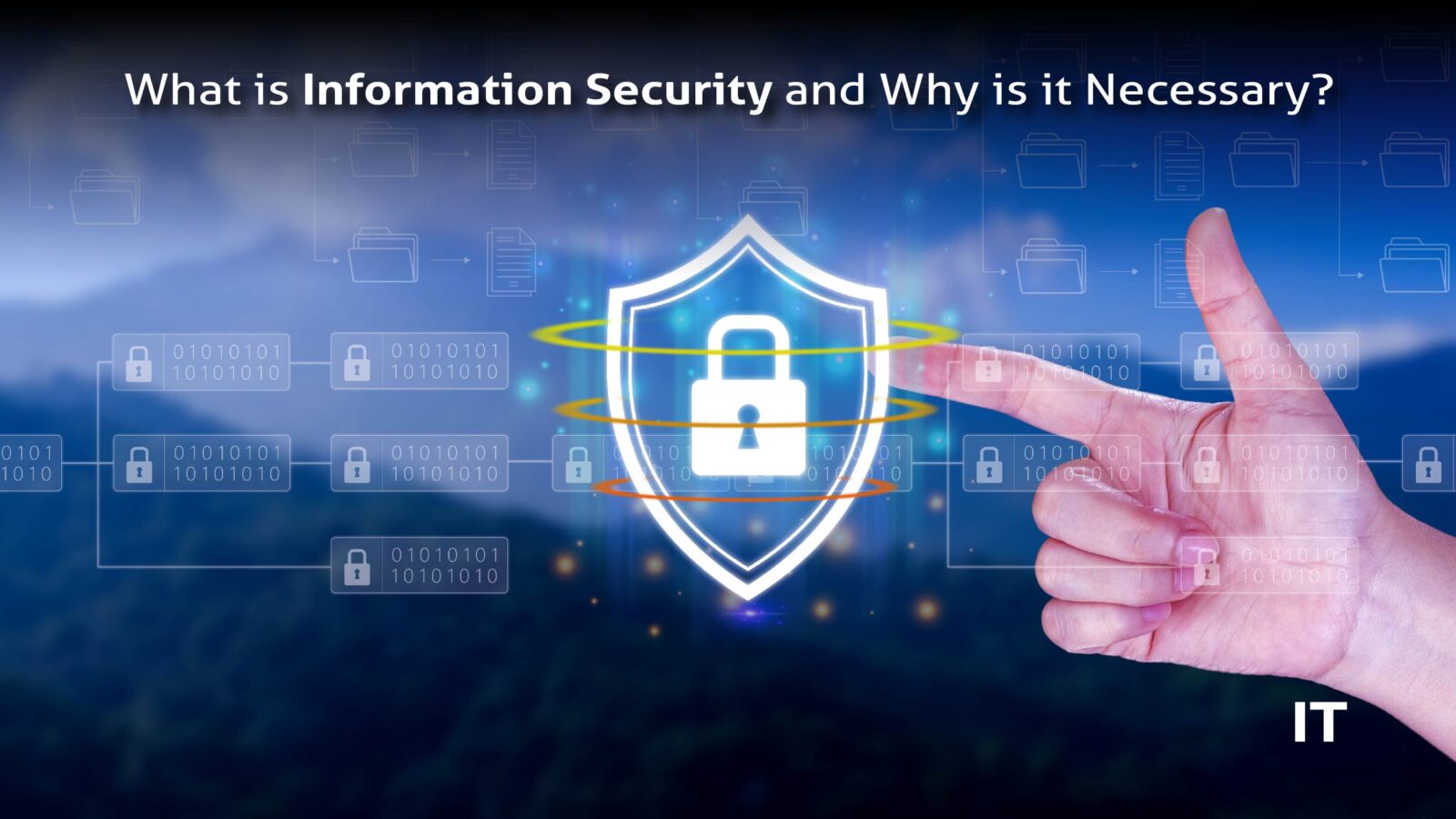In today’s interconnected digital landscape, information security (infosec) stands as a paramount concern for individuals, organizations, and governments alike. With the exponential growth of data and the increasing sophistication of cyber threats, safeguarding sensitive information has become a critical imperative. Information security encompasses a multifaceted approach to protecting data integrity, confidentiality, and availability, encompassing strategies, technologies, policies, and best practices aimed at mitigating risks and ensuring compliance with regulatory requirements.
As cyberattacks continue to evolve in complexity and scale, understanding the fundamentals of security is essential for safeguarding assets, preserving trust, and upholding the confidentiality and integrity of data in an ever-changing digital environment.
What is Information security?
Information security is the practice of safeguarding information by mitigating associated risks. It protects information systems and the data they process, store, and transmit from unauthorized access, use, disclosure, disruption, modification, or destruction. This includes safeguarding personal, financial, and sensitive information stored in both digital and physical formats. Effective security measures require a holistic approach, integrating people, processes, and technology.
This expansive scope covers various domains, including cryptography, mobile computing, cyber forensics, and online social media, reflecting its multifaceted nature and significance in modern-day operations. Additionally, this need is booming such that infosec jobs are anticipated to grow by 32% between 2022 and 2032.
Also Read: Cloud Computing Security: A “Cloud” Full of Possibilities and Risks
Why Do We Use Information Security?
 Ensuring the confidentiality, integrity, and availability of information, whether digital or physical, is imperative. Here’s why infosec is indispensable:
Ensuring the confidentiality, integrity, and availability of information, whether digital or physical, is imperative. Here’s why infosec is indispensable:
- Protecting Sensitive Information: It safeguards sensitive data, such as personal, financial, and confidential information, from unauthorized access, disclosure, or modification, ensuring its integrity and confidentiality.
- Mitigating Risk: By implementing robust infosec measures, organizations can mitigate the risks posed by cyber threats, including data breaches and denial-of-service attacks, safeguarding their operations and reputation.
- Compliance with Regulations: Compliance with industry-specific regulations and standards is crucial. Infosec measures aid in ensuring adherence to these regulations, minimizing legal liabilities and potential fines.
- Preserving Reputation: Cybersecurity breaches can tarnish an organization’s reputation and lead to loss of business. Effective infosec measures help protect against such incidents, preserving trust and credibility.
- Ensuring Business Continuity: Infosec measures ensure the uninterrupted operation of critical business functions, minimizing the impact of security incidents and disruptions, and maintaining access to essential systems and data.
What are the 3 Main Objectives of the Information Security Programs?
 Infosec programs typically revolve around three key objectives: Confidentiality, Integrity, and Availability (CIA).
Infosec programs typically revolve around three key objectives: Confidentiality, Integrity, and Availability (CIA).
- Confidentiality ensures that information remains inaccessible to unauthorized individuals, entities, or processes. For instance, confidentiality is breached if someone glimpses my Gmail password while I log in.
- Integrity involves maintaining the accuracy and completeness of data. For example, when an employee leaves a company, their information across departments like accounts must be promptly updated to reflect their departure status. This ensures data accuracy and prevents unauthorized edits.
- Availability dictates that information must be accessible when required. For instance, accessing an employee’s leave information necessitates collaboration across organizational teams like network and development operations. However, factors like denial-of-service attacks can hinder information availability.
Decoding the Benefits of Infosec
Implementing an information classification system within an organization’s security program offers several advantages:
- Improved Security: Identification and classification of sensitive information enhance protection against unauthorized access or disclosure.
- Compliance: Many regulatory standards mandate information classification and data protection measures.
- Efficiency: Identifying and labeling information streamlines handling and access requirements for employees.
- Risk Management: Understanding the potential impact of a breach enables organizations to prioritize resources and develop effective incident response plans.
- Cost Savings: Tailoring security controls to different data types prevents unnecessary spending on excessive security measures.
- Incident Response: Clear data criticality assessments facilitate swift and effective responses to security incidents, minimizing damage and downtime.
What are Vulnerabilities in Information Security?
The different types of infosec are as follows:
- Software Vulnerabilities: Software vulnerabilities arise from errors or flaws in the development or configuration of software. These vulnerabilities can lead to security policy violations, such as unauthorized access, data breaches, or system compromise.
- Network Vulnerabilities: Network vulnerabilities can be hardware or software-related weaknesses in a network infrastructure. These vulnerabilities can be exploited to gain unauthorized access, intercept data, or disrupt network operations.
- Procedural Vulnerabilities: Procedural vulnerabilities refer to weaknesses in an organization’s operational methods or processes. These vulnerabilities include inadequate password procedures, lack of proper access controls, or insufficient employee training on security practices.
- Human Vulnerabilities: Human vulnerabilities are related to the actions or behaviors of individuals within an organization. These vulnerabilities can include social engineering attacks, such as phishing or insider threats where employees may unintentionally or maliciously compromise security.
- Exploitation and Threats: Vulnerabilities provide opportunities for threats to exploit them and gain unauthorized access or cause harm. Exploits are how threats take advantage of vulnerabilities to carry out attacks.
- Vulnerability Management: Organizations employ vulnerability management processes to identify, prioritize, and address vulnerabilities. This includes activities such as vulnerability scanning, patch management, and implementing security controls to mitigate risks.
Bottom Line
Information security is indispensable in today’s digital age, serving as the cornerstone for safeguarding valuable assets, preserving trust, and ensuring business continuity. With the ever-evolving threat landscape, organizations must prioritize robust security measures to mitigate risks, comply with regulations, and maintain a competitive edge.
































